Office Hours Recording: Chapters 9 & 11
In this Office Hours webinar, we were joined by Gregg Hibbits of Grapevine Capital to go over three SIP Certified Standards chapters:
Summary & Resources
Introduction
Chapter 9
*Requirements
- *9.1.1 & 9.1.2: No Active Ingredients (AI) on the Prohibited Materials List (PML) can be used.
- Download the 2024 PML and share it with anyone making spray-decisions at your property.
- If you have questions about a product, please contact us.
- *9.1.3: You must monitor and record the following:
Population dynamics of vineyard pests and insect/mite natural enemies at a minimum of every week during the vineyard growing season.
Presence and severity levels of diseases or disease vectors at a minimum of every two weeks during the vineyard growing season.
Presence and severity levels of weeds at least once per month.
Presence and identification of vertebrate pests at least once per month.
- Please note that weeds and vertebrate pests must be documented all year-round, not only in the growing season.
- PCA reports may die out in the winter time, so you may have to create your own scouting document to track this.
- *9.2.1: Key workers must be knowledgeable about the insect, mite, and nematode pests found in your vineyard, including understanding the pest’s life cycle and natural enemies (predators, parasites, or pathogens) to make management decisions.
*9.3.1: Key workers must be knowledgeable about the life cycle and habitat requirements of, and environmental conditions favorable to, predators and parasitoids that are the natural enemies of pests to make management decisions.
*9.4.1: Key workers must be knowledgeable about the diseases that are likely to be found in your vineyard, including knowledge of the life cycle and vectors of the causal agent, and predisposing factors for infection and disease epidemiology to make management decisions.
*9.5.1: Key workers must be knowledgeable about the weed species common in your vineyard and their most susceptible life stage to make management decisions.- You can reach out to your PCA for help with these items.
Click here for additional Pest Management Resources.
Chapter 11
*Requirements
- *ALL OF CHAPTER 11
- Responses are across everybody who works on the property, including third-party labor contractors and company's own employees.
- *11.1.2: You must include the following within the Employee Handbook(s) and provide a copy to each new employee:
Harassment Policy
Salary, Benefits, and Incentives
Employee Orientation
Ongoing Training
Employee Safety Policies, Workmans Comp and Practices
Employee Evaluations, Grievance Policy & Procedure and Disciplinary Actions
- Answer to this question must include:
- Farm labor contractor employee handbook.
- Your own employee handbook.
- *11.2.1: Employee safety trainings must be given every time an employee starts work and/or enters a new working environment.
- To document, upload a sign-in sheet for the safety training meeting.
- *11.3.4: You must test your facility for noise output every three years during peak daytime and nighttime operations.
- Noise tests may be conducted via mobile phone app.
- Please upload two photos of readings: 1) at the facility; and, 2) at 100ft away.
- *11.4.1: You must have a plan in place that addresses neighbor and community communication. Plan must include:
Participation in neighbor and community forums
Notification of major changes to practices
Procedures for neighbors to express their concerns regarding farming practices
Program addressing the proper use of bird frightening devices including neighbor considerations (if applicable)
Procedures to log and follow-up on neighbor and community complaints
Worker training regarding the neighbor and community communications program
Click here for additional Social Equity resources.
We're here to help!
We are here to help answer your questions and get the resources you need to achieve SIP Certified. Please be sure to name a Standard by number (e.g. 5.4.1) when you reach out.
Sign up for the next Office Hours...
... on February 6 from 12:00 pm to 12:30 pm PST to review Chapter 2: Vineyard Acquisition, Establishment, and Management; Chapter 10: Fruit Quality; and Chapter 12: Continuing Education.
Click here to register!

